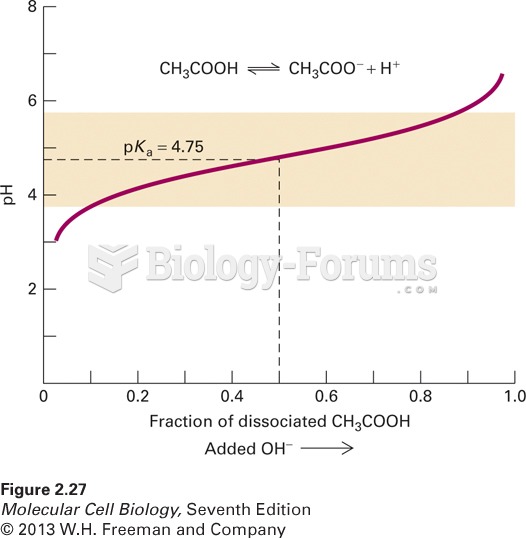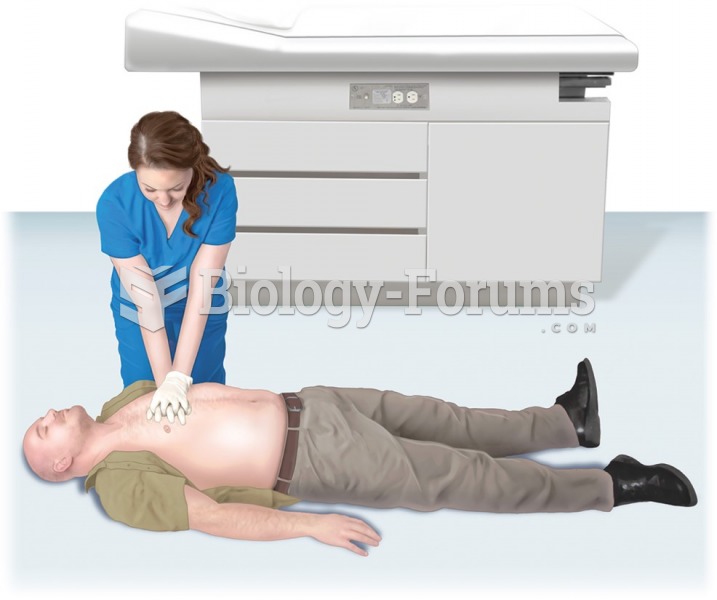|
|
|
Medication errors are more common among seriously ill patients than with those with minor conditions.
The Babylonians wrote numbers in a system that used 60 as the base value rather than the number 10. They did not have a symbol for "zero."
The human body's pharmacokinetics are quite varied. Our hair holds onto drugs longer than our urine, blood, or saliva. For example, alcohol can be detected in the hair for up to 90 days after it was consumed. The same is true for marijuana, cocaine, ecstasy, heroin, methamphetamine, and nicotine.
More than 30% of American adults, and about 12% of children utilize health care approaches that were developed outside of conventional medicine.
By definition, when a medication is administered intravenously, its bioavailability is 100%.







